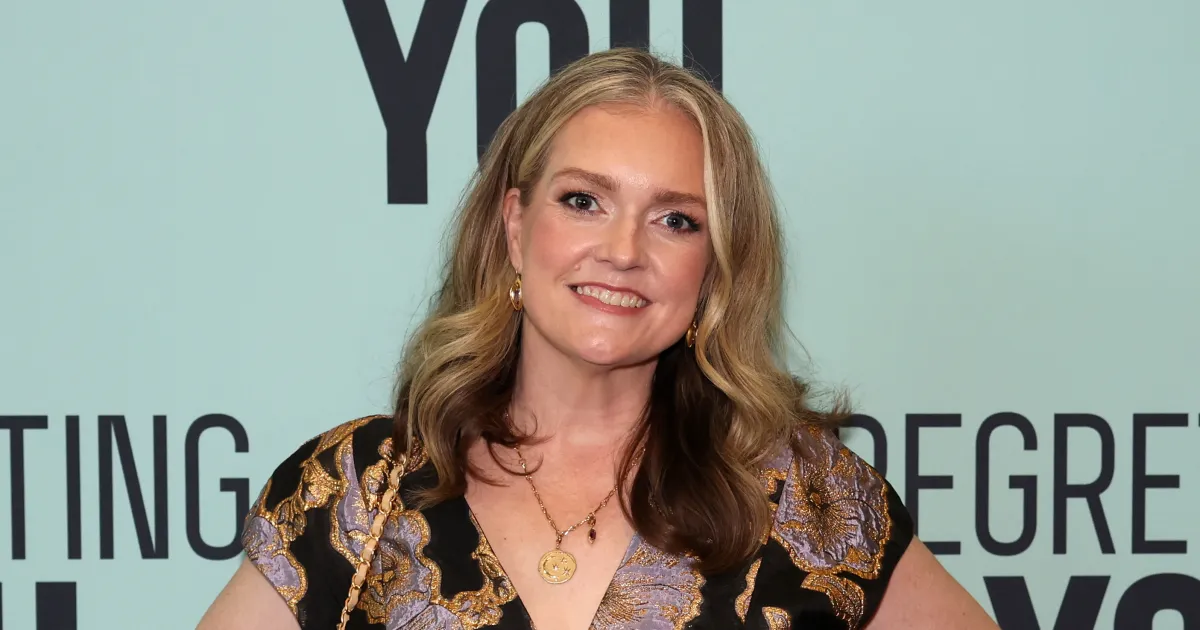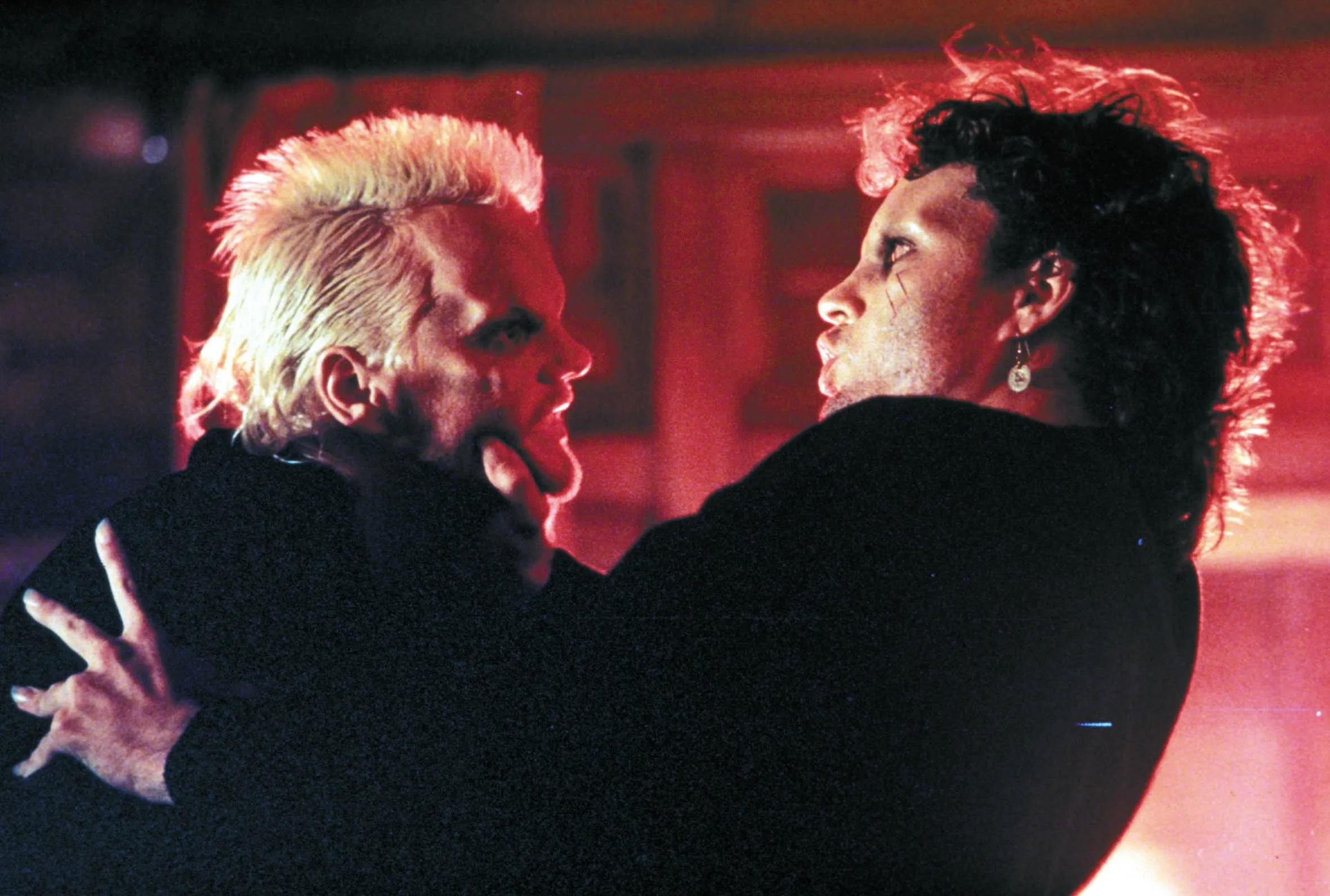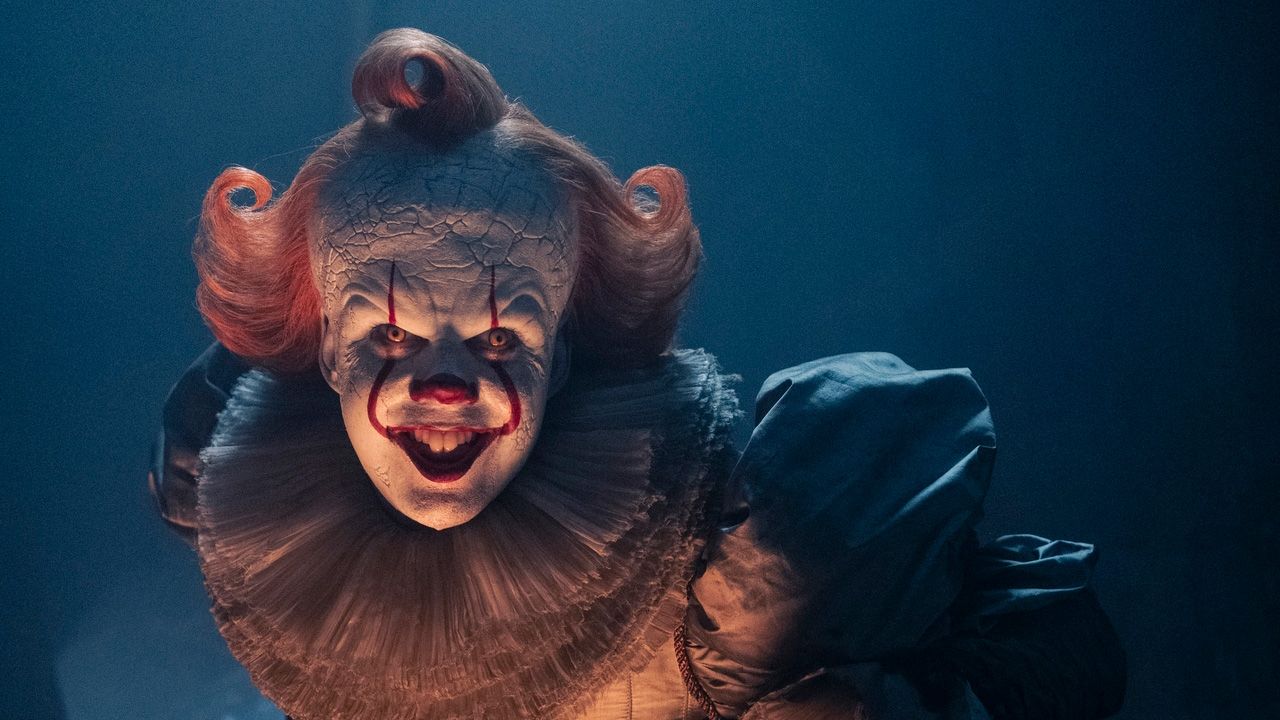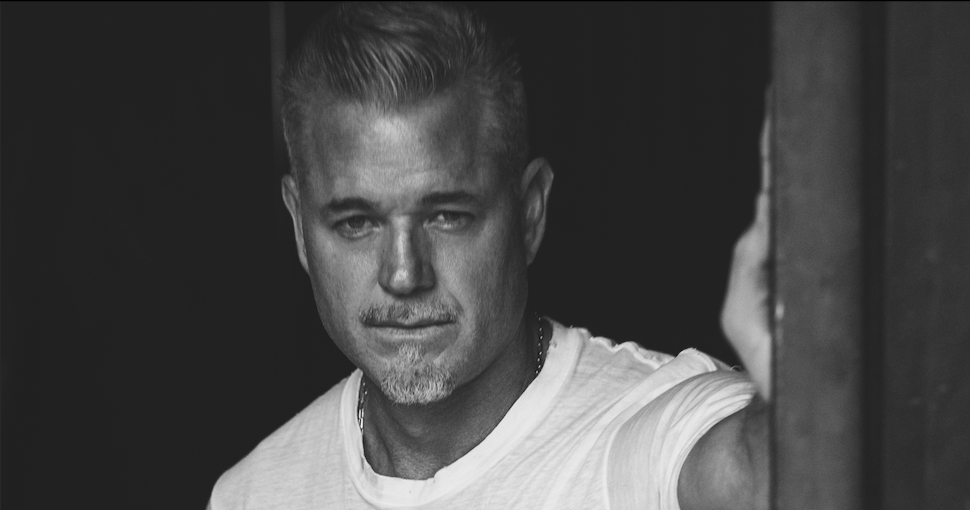Copyright Westword
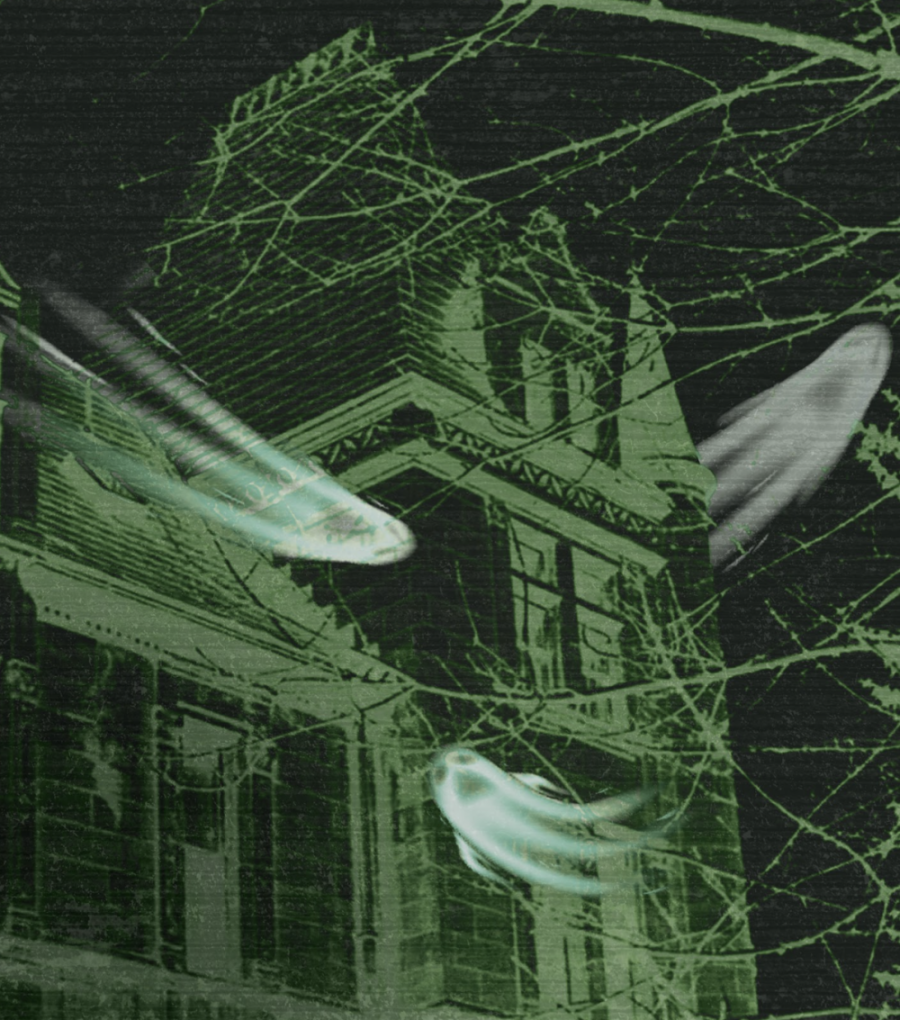
Denver ain’t afraid of no ghosts. In fact, it’s a city built on its legends to a significant degree: from Soapy Smith to the Smaldones, Molly Brown, Baby Doe Tabor, Mattie Silks, Emily Griffith, the Elitch family, the Coors dynasty and many more, the Mile High City is full of personalities perhaps too powerful to fade, too boisterous to go quietly into that good night. With all that history, is it any wonder that sometimes, if you listen hard enough, the shadows of the city seem to speak? And when they do, who you gonna call? A good option is the Rocky Mountain Paranormal Research Society, which was formed in 1999 to apply a scientific approach to the exploration of paranormal phenomena. One of the leaders of that group is Bob Lewis, who describes himself as having “an overactive sense of curiosity.” That’s borne out by his impressive list of university degrees: biology, English, mathematics and psychology, with a minor and some grad work in astrophysics. Does all that training offer him some sort of certification to be a ghost-hunter? Not at all, he stresses, pointing to a warning on the RMPRS website: “If you are working with a team that claims that they have credentials or some kind of paranormal certification, check for the validity of the claim because there are no experts or certifications in this field.” “That’s our approach,” Lewis says. “Open minds, but very scientific. It’s got to be an honest examination, or it’s just entertainment — which is fine if you’re making a TV show, but not so much if you’re wanting to find the truth.” Lewis remembers one of the most memorable and impactful experiences RMPRS had at the now-shuttered Brook Forest Inn in Evergreen, built in 1909 and reportedly haunted by many ghosts, including Nazi mapmakers who visited before World War II, doing advance recon on the United States. “We were there recording,” recalls Lewis. “The only people there. Even the caretaker had left for the pub. In the middle of the night, we heard the front door slam open, and a party wander in. At first, we were like, ‘Dammit, the caretaker brought the bar back with him,’ but when some of us went downstairs…there was nothing there. Wandered outside, and despite the snow falling that night, no footprints. When we went back upstairs, those who’d stayed behind asked what happened — the noise of the party, for them, had just stopped when we came back up. The whole time, half of us were downstairs, hearing nothing, finding nothing — those left upstairs had still been hearing whatever that was. We’ve got the audio from that night, so we can prove that the audio happened. But we can’t begin to explain what it was.” That Brook Forest Inn story was recounted in Case Files of the Rocky Mountain Paranormal Research Society Volume 2. Authors Lewis and Bryan Bonner have just released Case Files of the Rocky Mountain Paranormal Research Society Volume 3, available now from Polymath Press. advertisement advertisement We sat down with Lewis to talk about this city’s most ghostly haunts, those places that linger in our city’s memories much like the shadows that still (sometimes emphatically, sometimes not) call Denver home. Here’s our list of the top ten: Cheesman Park 1599 East Eighth Avenue No haunted-Denver list would be complete without a mention of Cheesman Park, a place so replete with legends of various spooky sorts that it’s said to have inspired not one but two major American films. The most famous is Poltergeist. Steven Spielberg’s massive early-’80s horror smash borrowed some details from the story of Cheesman’s origins, when the park took the place of what was originally a cemetery; as the people hired by the city moved the headstones, they weren’t all that careful to move all of the bodies. And that much is verifiable — bodies have been unearthed, and bones still sometimes work their way back to the sunlight after being long-buried and abandoned. Which is why some say they see shadows lurching through the park, or claim that if you lie down in the grass, an unseen force may hold you down. One story that RMPRS investigated had to do with a lesser-known legend about the park: the ghost of an innocent man who was hanged on one of the trees; supposedly, that tree casts no shadow to this day. Lewis says their investigation found that there is a historic record that one of the first bodies interred in the cemetery had indeed been hanged, but his innocence was questionable. As for the tree? Well, after combing through satellite imagery, tree by tree, the team found that all of them cast shadows. “Paranormal investigation is less glamorous work than the TV shows might suggest,” Lewis says. advertisement Cheesman Neighborhood In and around the area bounded by Colfax and Eighth avenues and Josephine and Downing streets Lewis suggests that the palatial homes surrounding constitute a separate category from the park proper, as the legends, while connected, are at the same time unique. But there’s no question that the area as a whole seems to support more than its share of shades. The Changeling was based on the legends of the Treat-Rogers Mansion, a story Westword covered in depth in 2023. But in addition to that tale, residents from all over claim to have seen people in Victorian-style dress walking the century-old sidewalks or sitting on porches that may well have been their own sy onr yimr There are also tales from the Denver Botanic Gardens, particularly from the Beaux-Arts design 1927 Waring House, which supposedly has a number of lingering spirits who get angry when anyone opens a specific door leading to a stairway and a single bedroom. Why? That’s not known, but it’s said that once that door is opened, it takes weeks for unexplained sounds and objects moving of their own accord to ebb. The Brown Palace 321 17th Street The flagship of Denver fanciness has long been the vaunted Brown Palace hotel, which opened back in 1892. Perhaps the most famous of its ghost stories was used in the plot for Denver novelist Erika T. Wurth’s latest novel, The Haunting of Room 904. The historic version of that story involves Louise Sneed Hill, wife of Denver businessman Crawford Hill, who lived the last decade of her life in Room 904. The room was included in an historic tour of the hotel many decades after her passing, and that tour included a somewhat lascivious tale of a supposed affair Mrs. Hill had indulged in, which resulted in ghostly phone calls from the room down to the front desk, even though there was no longer a phone in that room — until the tour stopped mentioning the rumored affair, when the ghostly complaints ceased. It’s not the only ghost story from the Brown; there are tales of suicides being replayed over and over again, like the poor soul who threw themself down the main stairs. And there are more romantic stories too, like the spectral quartet of musicians sometimes heard still rehearsing in the restaurant/bar. advertisement advertisement The Historic Elitch Theatre 4600 West 37th Place One of Denver’s most celebrated sites was the original Elitch Gardens, which also boasted one of Denver’s most storied theaters. The Elitch Theatre was built only a year after the Gardens themselves opened, and John Elitch died less than a year after the theater’s debut, leaving his wife Mary — long an aficionado of the stage — to run it on her own. She did so successfully for many years, and when she sold the property in 1916, she did so with several conditions: that the name would not change, that she could continue to live on the premises, and that she’d retain her favorite viewing box in the theater itself. Those conditions seemed to survive even her death in 1936; she’s been seen not only on the grounds of the original park, which was relocated to the Platte Valley in 1995, but also in the still-preserved theater, which was restored in the early 2000s and continues to put on shows. Those who have supposedly witnessed her spirit still inhabiting her theater box are many, including actress Shelley Winters, who claimed to have seen her watching a rehearsal. The Croke-Patterson Mansion 430 East 11th Avenue “This is quite possibly the location with the greatest number of distinct ghost stories in Denver, and perhaps in all of Colorado,” Lewis says. He offers a list in Volume 2 of RMPRS’s Case Files series — starting with what was perhaps the very first. “Supposedly, when construction was finished, Mr. Croke stepped inside, immediately left, and never returned,” explains Lewis. “We’re skeptical, but it’s true that he didn’t spend much time there.” Many of the other stories have to do with the miscarriage and sudden suicide of one of the residents, which is a matter of record, and might be related to a later story of a pregnant woman who claims a ghost helped her into bed, only to disappear. “There are supposed to be several other ghosts,” Lewis adds, “including perhaps Senator Patterson himself,” referring to newspaper publisher Thomas Patterson And then there’s the well-known story of guard dogs which supposedly leapt to their deaths from the manse’s tower room. “We think this is impossible,” Lewis says. “The legend probably grew out of someone witnessing a dog jump out of a first-floor window instead.” One of RMPRS’s most notable stories of the Croke-Patterson isn’t even paranormal. “When we were doing an investigation, we found a whole freezer full of dead cats,” Lewis recalls. “It was just the current owner — a veterinarian — who was keeping the cats preserved until they could be given a proper burial, apparently, but the discovery of that certainly made it one of our weirdest experiences, even if it wasn’t paranormal.” Today the place has a new owner, who’s turned it into a marijuana-friendly hotel. advertisement Denver Press Club 1330 Glenarm Place The Denver Press Club as an organization predates Colorado statehood by nearly a decade; the building itself turns a century old this year. And aside from some unexplainable sounds here and there, some doors shutting and things moving of their own apparent accord, the Denver landmark of journalism has some other, more specific stories. The most striking comes from longtime DPC member and photographer Dick Nosbisch, who took a photo in front of the hearth at the Press Club — only to see the flowered dress of a ghostly woman standing in the photo where she hadn’t been when he took it. Nosbisch told KMGH in 2018 that he found out only later on that a paranormal group had been on-site and confirmed that there were actually three ladies who lingered at the DPC, one of whom “liked to party a lot” and “wore a flowered dress.” Spectral photography — capturing ghosts on film — is one of the gold standards of paranormal research. But this is no myth: Women weren’t allowed to join the Denver Press Club until the ’70s. Riverdale Road From 120th Avenue northeast to State Highway 7 Starting in Thornton and continuing up to Brighton, an eleven-mile stretch of road is the focus of many paranormal stories. “It seems to collect just about every urban legend there is,” says Lewis. “Ghostly dogs, Native American spirits, a ghostly lady in white, a phantom Camaro. Even the gates of hell are supposed to be there, and it’s often on national lists of the most haunted places in the country.” But most of these stories have more to do with how folklore travels, according to Lewis. “These are local versions of other tales told all over the U.S. and even the world,” he says. “We think it may have all stemmed from a 1975 fire in which the Wolpert House on that same road burned down.” Children’s Hospital Once stood at East 19th Avenue and Downing Street The first Children’s Hospital opened in 1909 at 2221 Downing, but quickly outgrew the 29 beds it offered. It then moved to a much larger facility at 19th and Downing for the next ninety years, where it treated tens of thousands of kids — some of whom seem not to have wanted to leave. The first chapter of RMPRS’s third volume of Case Studies features the many legends associated with Children’s Hospital, including several having to do with some unverifiable untimely deaths (either murder or suicide) of the nurses who not only worked on the premises, but also were trained and housed at neighboring Tammen Hall (1056 East 19th Avenue), now an independent living center for seniors. The most famous ghost at Children’s Hospital was a young boy named Shane, said to haunt Room 562, where he’d died in the 1950s. Despite the fact that Shane wasn’t always kind — he was reported to sit on the chests of living children attempting to convalesce there — the staff at Children’s said goodbye to his spirit by name when they left the premises for the last time. In 2007, the facility moved lock, stock and barrel to the Anschutz Campus. advertisement advertisement Mattie’s House of Mirrors 1946A Market Street Also appearing in Case Studies Volume 3 is a story set at legendary brothel Mattie’s House of Mirrors on Market Street — but when the stone structure that’s now part of Dierks Bentley’s Whiskey Row was built in 1889, it was still called Halladay Street. The original building was constructed not by famed madame Mattie Silks but by a competitor for the hearts and wallets of local purveyors of ladies of the night, one Jennie Rogers. She operated her own brothel at that location until her death in 1909, at which point Mattie purchased the location and moved her operations there. She presided over the thriving business until 1915, when a national wave of moralism swept into Denver and closed down any establishments those in charge deemed illicit. “Several ghostly occurrences have been reported, many of them connected to the 1894 suicide of Ella Wellington in one of the rooms,” reports Lewis. “During our investigation, we had a few strange and unsolved occurrences. One involved two lights flickering at the same time, even though they were on different circuits. We also recorded one of our strangest audio recordings. In what was the suicide room, we captured a conversation between two distinct male voices, even though no one was there. Subsequent analysis by audio engineers, linguists and other experts has been unable to explain the anomaly or to even figure out what language they were speaking.” Denver Firefighters Museum 1326 Tremont Place The Denver Firefighters Museum has seen more than its share of emergencies over the years, befitting its designation as “Station No. 1” of the Denver Fire Department. It was built in 1909, when the DFD was just beginning to transition from horse-drawn rigs to new, motorized triple-combination apparatuses, which play a role in what’s probably the site’s most touching ghost story. Only a few years back, the director of the museum was trying — and failing — to insulate the old single-pane windows against the cold Denver winters. She put insulation in one of those windows, and by the next morning, someone had taken it out. She asked around; no one knew anything about it. They reinstalled the insulation over and over again, but every time, it was gone by morning. Eventually, some psychic mediums suggested that the window was being haunted by Thomas, an old horse-keeper in charge of the loyal firehouse animals that would pull the water wagons — and that was the window he used to look through in order to check on his horses. The director posted photos of horses inside the layer of insulation — and it was never removed again. That’s the sort of anecdotal evidence that RMPRS members eschew in favor of the more scientific, and their investigations didn’t turn up anything specifically paranormal when they visited. “But it’s still one of our favorites,” says Lewis, “because we got to spend the night in the presence of some truly remarkable historic artifacts, in a truly remarkable historic building. Whether literal ghosts exist or not, the ghosts of the past undoubtedly speak to us metaphorically in places like this.”
